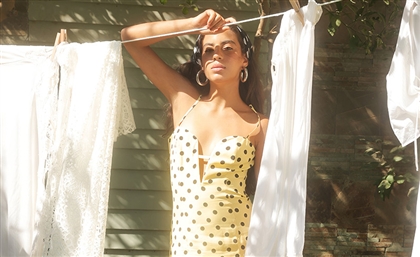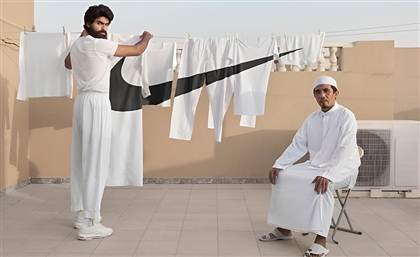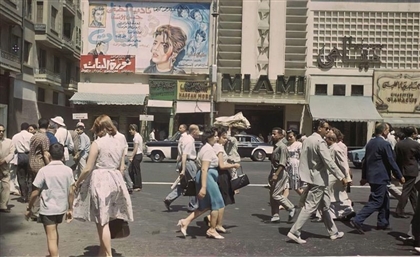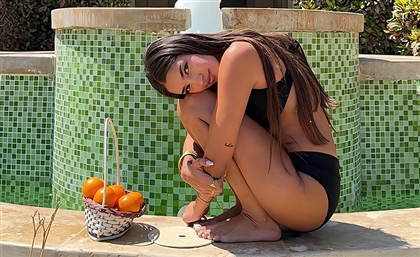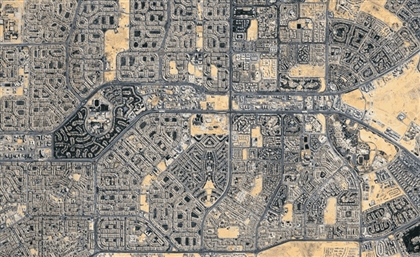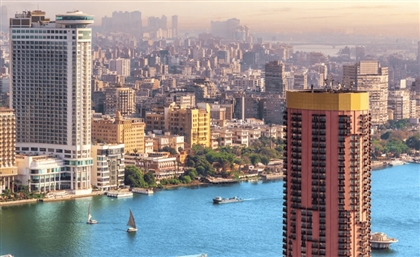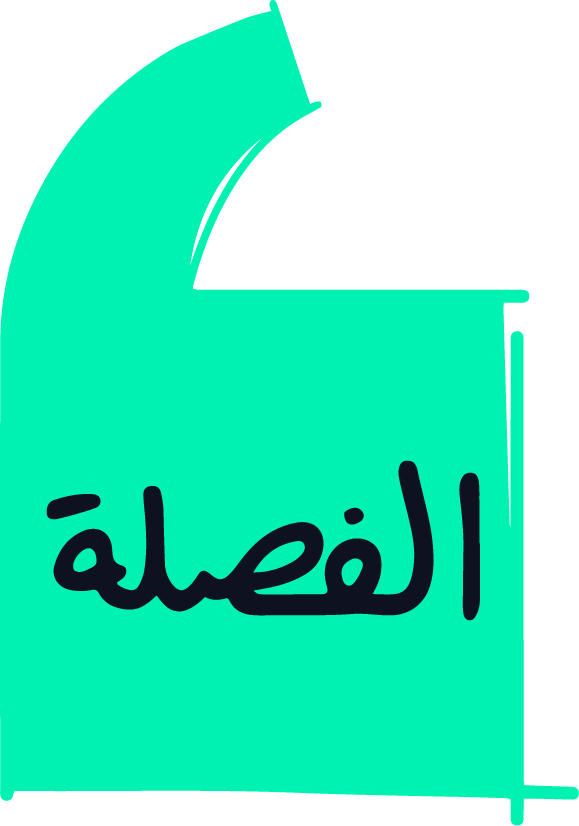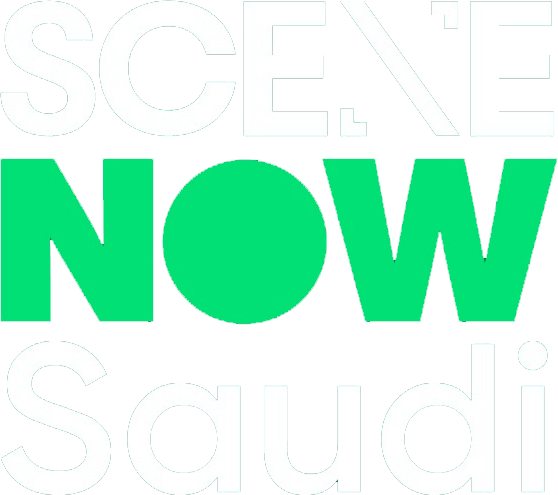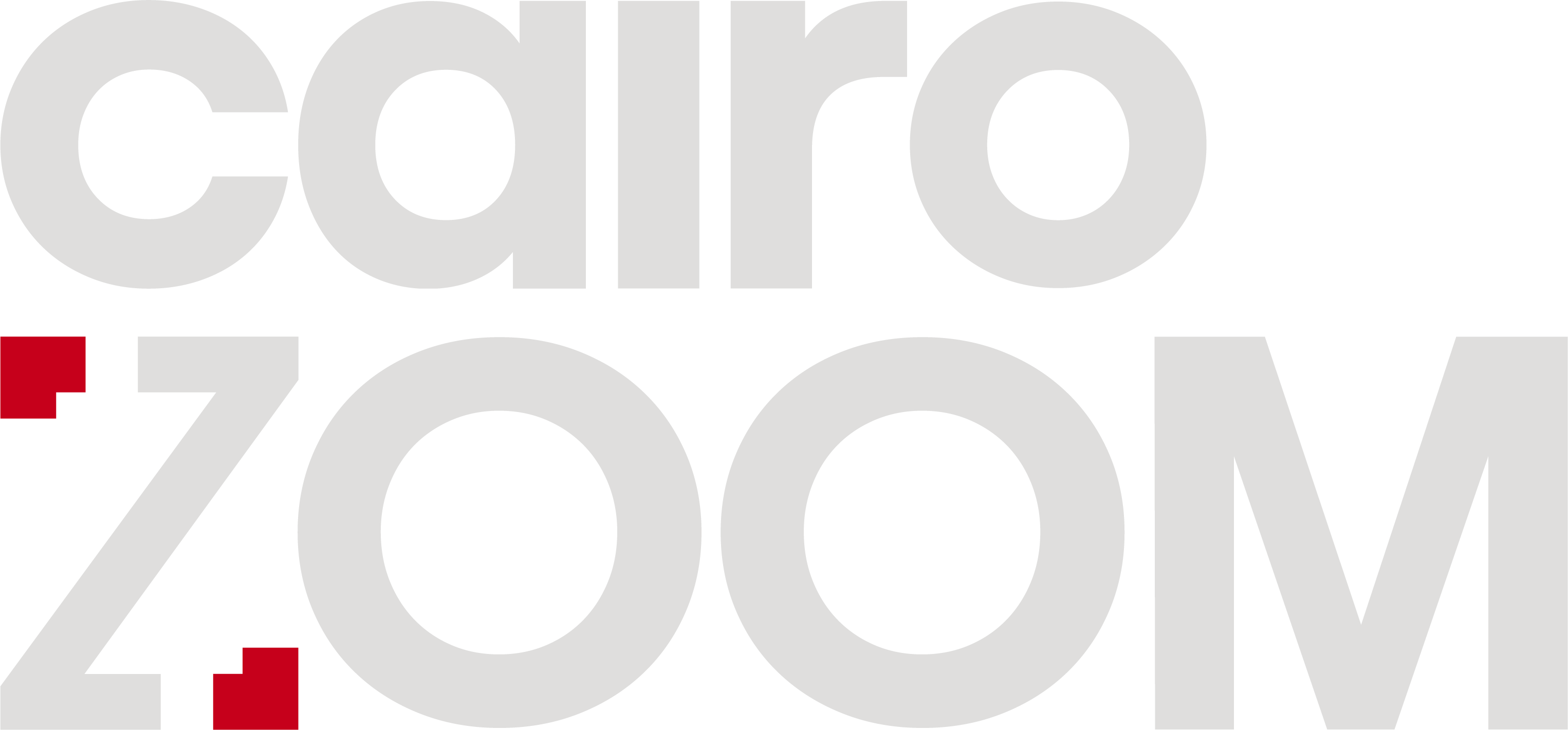What Ibrahim Elhinaid Holds Back is Where the Story Lives
From Salomon x Y/Project to Paris Fashion Week, fashion photographer Ibrahim Elhinaid reveals how light, memory, and instinct shape his emotionally charged, culturally grounded visual language.
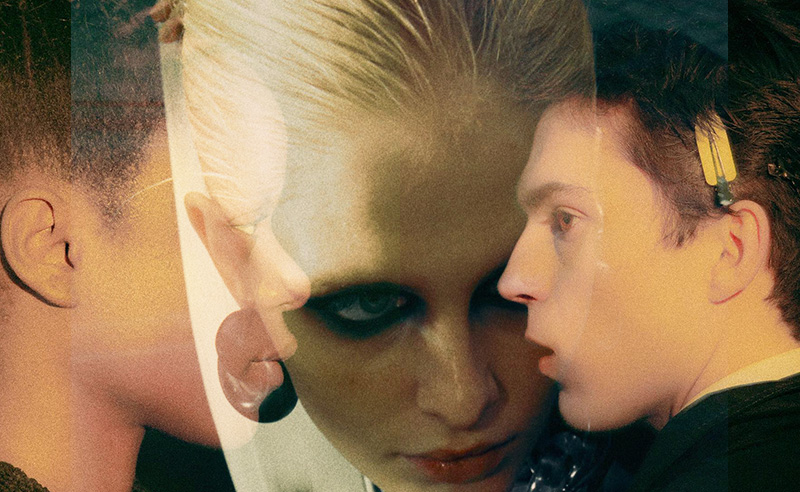
The first thing to know about Ibrahim Elhinaid is that he isn’t drawn to drama. Or, maybe more precisely, that the Libyan-born, Paris-based fashion photographer prefers to work in the space just before anything becomes too certain, when a moment is still gathering, still ambiguous. He doesn’t begin with a grand concept. He starts small. A face. A frame. “Sometimes it’s just one line,” he tells SceneStyled. “One image. You build a whole world from that.”
For the first global Salomon x Y/Project campaign, the entire creative direction started from a single low-angle image of couple intimacy. “That was it,” he says. “Down-low point of view. The rest unfolded around it.” The campaign, all soft tension and saturated light, draws you slowly and stays with you.
Born and raised in Benghazi, a city where the horizon is more sky than street, Elhinaid grew up attuned to light that arrived without filter, Mediterranean, insistent, full of contrast. The youngest of seven, Elhinaid describes photography not as something he stumbled into, but something already living in the house. “It was important to my family,” he says. “It wasn’t formal. You grow up learning what makes a photo feel... cool.” That early intuition became vocabulary. Later, Tumblr sharpened it. “It was a personal tool. I was training my eye.”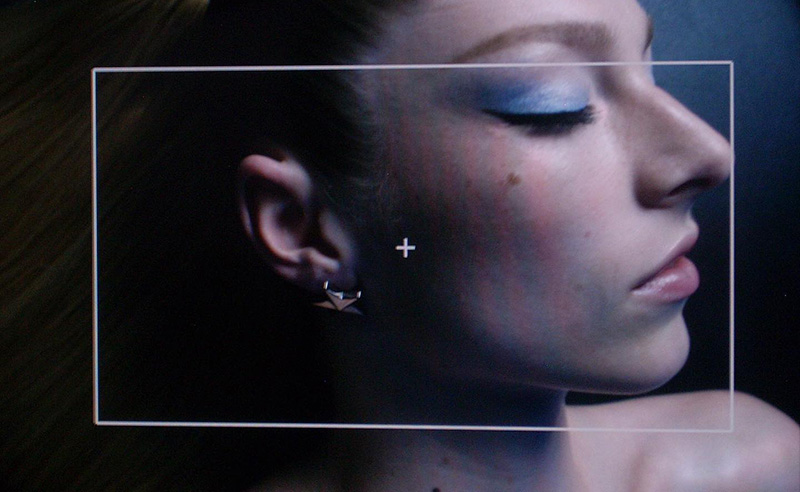 “Photography for me was always emotional. Even when it became commercial, I kept that part in.”
“Photography for me was always emotional. Even when it became commercial, I kept that part in.”
He didn’t originally plan to study photography. Architecture came first. He moved to Lyon for this goal. But by then, the shift had already started. “I thought I’d do structure,” he says. “But it turned out I was more interested in how people feel.”
His first project, photographing leather bags for a designer in Lyon was the start of his exploration with photography. “She wanted to shoot the bags around the city. There was no concept. But I wanted to give it something. Make it more than documentation.”
Elhinaid’s photographs often feel emotionally coded but visually spare. “It’s about what’s there, and what isn’t,” he says. “Presence and unpresence.” He doesn’t push models into expressions. Instead, he waits. “I don’t go super precise. I build step by step. I never direct someone’s feelings. I go around a feeling. I question it.”
That refusal to force is part of what gives his images their enigmatic pull. The emotion is rarely fixed. “It has to feel earned. Sometimes the most natural thing is what you don’t plan.”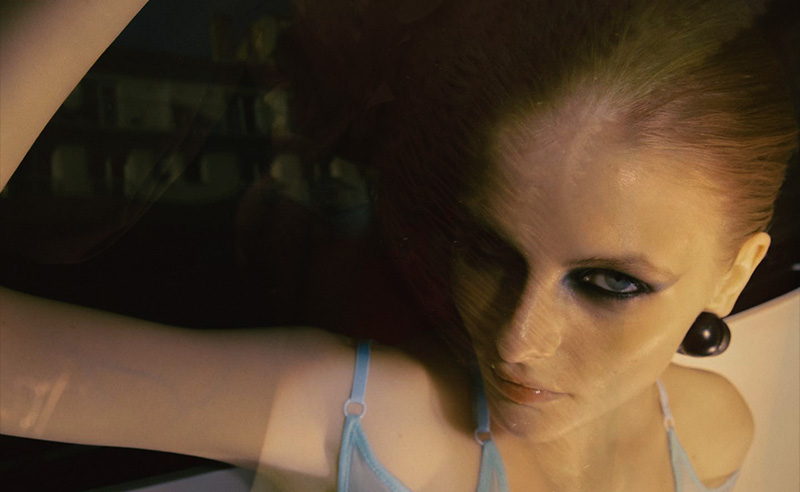 “A lot of what I do is about what the model gives. I build from there.”
“A lot of what I do is about what the model gives. I build from there.”
Colour, for him, isn’t decoration. It’s story. It’s a story that started ever since he was born. “We’re connected to the sea, to the sky,” he says. “The city isn’t just streets. That affects the way you see. The palette there is vibrant. Strong. Paris is different. Harmonised. More muted. More edited.”
This duality, between Benghazi and Paris, rawness and restraint, runs through all his work. “The light in Benghazi taught me how to look. But Paris taught me how to refine it.” He moves between the two modes easily. Emotionally, he holds both.
Still, if the industry seems to crave polish, Elhinaid leans toward tension. His shoot for All-In Studio at Paris Fashion Week in 2024, commissioned by Novembre Magazine, was done live. “During the show. No time for setups. It felt raw. Honest.” It’s one of the few moments he speaks about with something like affection. “I don’t have a favourite body of work. But that one stays with me.”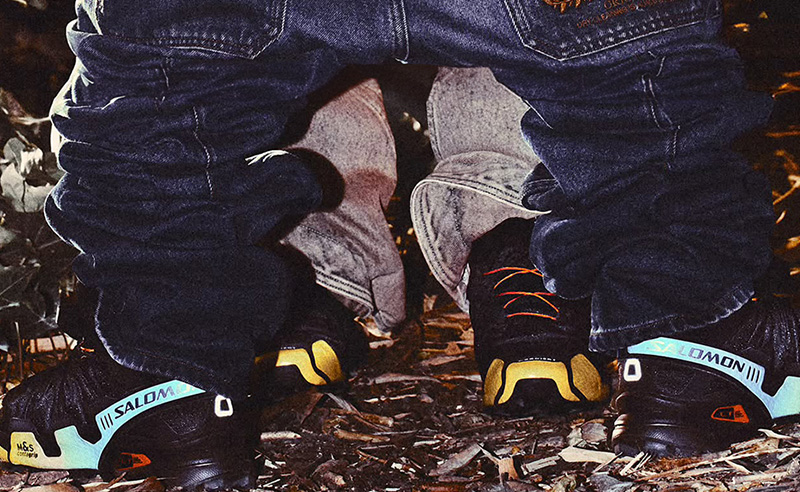 “We had only one reference, just that intimacy.”
“We had only one reference, just that intimacy.”
Elhinaid yearns for a time when fashion photography felt more plugged into culture. “The 80s and 90s were more iconic. Now it’s more about the clothes and the face. I try to bring pop culture back into it, and then feed it back into fashion.” He describes it as a loop. “A fun idea that pops on the road. That’s where it starts.”
For Elhinaid, photography remains an emotional archive as much as it is a professional tool. “There’s always a thin line,” he says. “Between what you give to a client,and what you do to ensure you are true to your eye.”
Trending This Week
-
Aug 29, 2025








